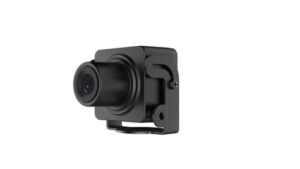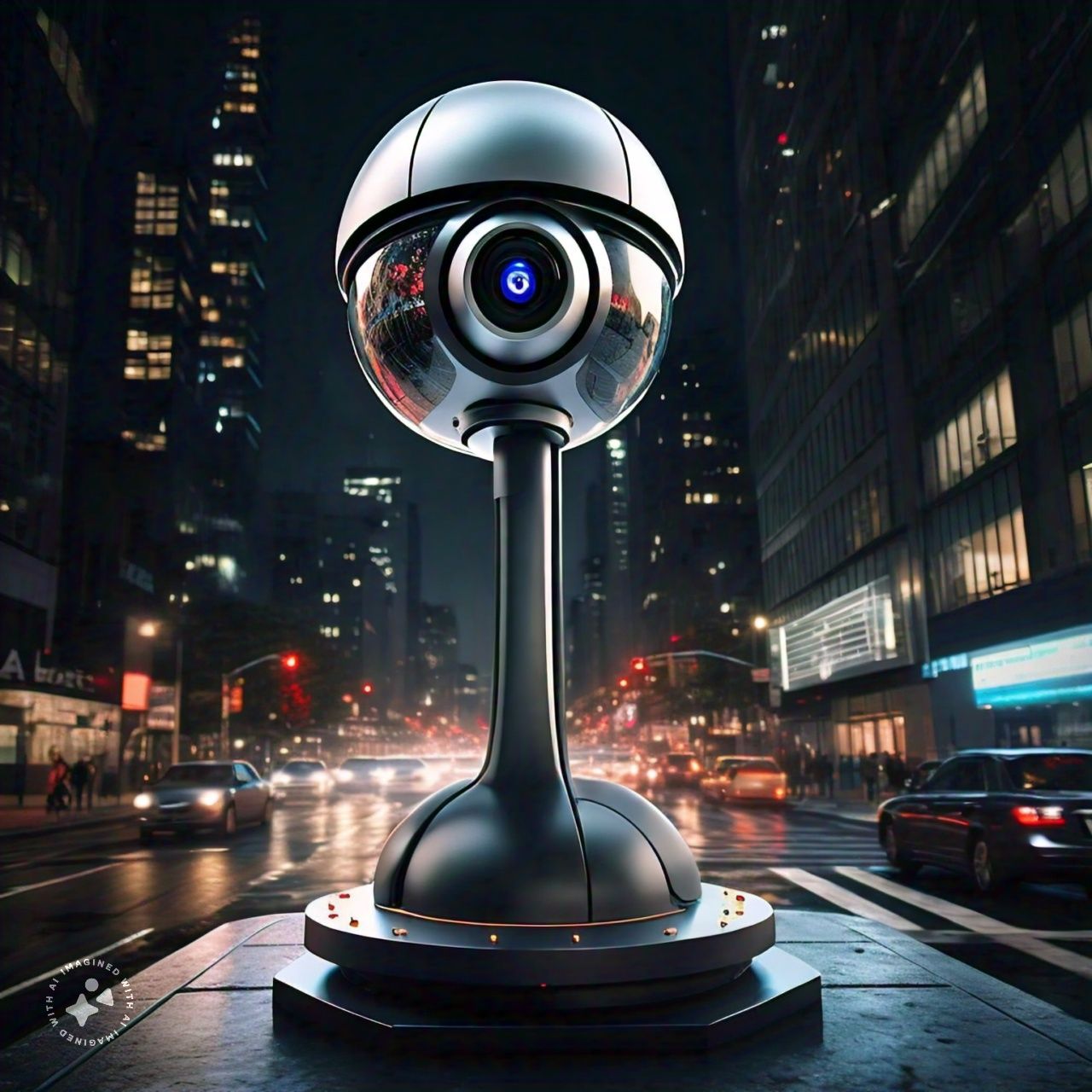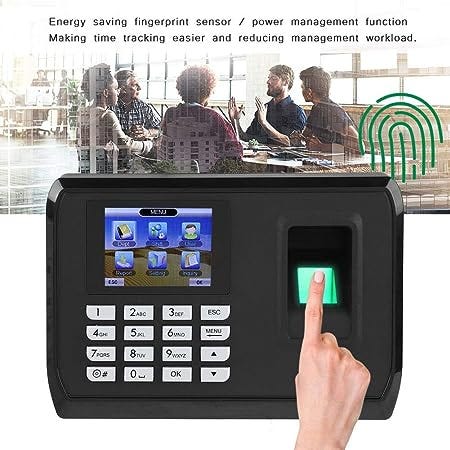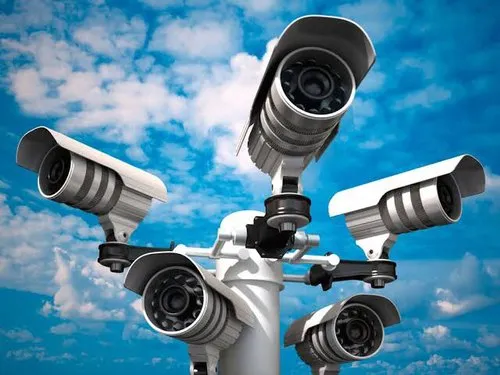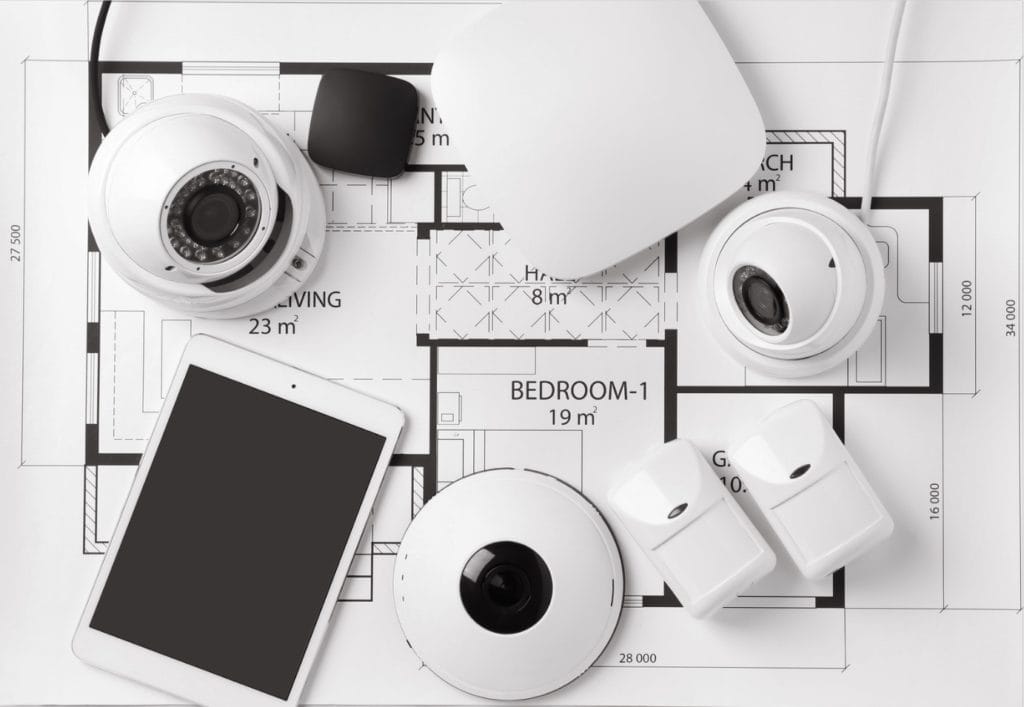One of the most commonly asked questions our sales team receives is which camera style someone should purchase. Dome, turret, bullet, even PTZ? I am here to tell you that the style of the camera you choose may not matter as much as you think it does. We are going to take a deeper look into each style, compare their differences, and see which style will work best for your application.
Dome – Bullet – Turret
To disprove a few myths immediately so we have an understanding moving forward, the look or shape of your camera will ultimately have little to no affect on how wide or narrow your cameras field of view (FOV) is. We receive calls all the time hinting that bullet cameras are a narrow FOV and dome cameras are a wide FOV. I am not certain where this myth started but the FOV of a camera will depend on the internals put inside of the camera by the manufacture, not the shape of the camera. Now that we have that out of the way, let’s talk about which camera may be best for you. Dome, Bullet, and Turret cameras can typically be interchangeable with each other. They are almost always used for the same applications (day to day surveillance) but can have their own unique advantages when called upon.
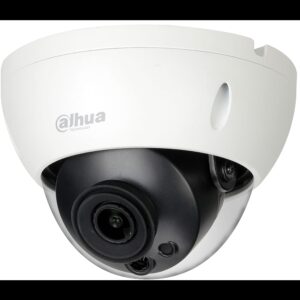
Dome cameras are typically the most robust and durable of the three. All internal components are covered by a plexiglass shell and almost always have a vandal and weather rating to ensure no damage can be done. Turret cameras are the least popular of the three. There is not really a downside to using a turret but for some reason, people usually either go with dome or bullet cameras. Turret’s are similar to Domes being that they a dome shape but turret cameras do not have the protective plexiglass shell around them. They also have vandal and weather ratings but it will be less frequent and will absolutely vary from camera to camera. Lastly, let’s look at Bullet Cameras. Bullets can also be found with vandal and weather ratings but they are probably the least durable of the three. The Bullet camera was designed on a hinge separate from its mounting point. This means that if someone wanted to, they could reach for the camera, and move the cameras to the side, meaning they would not be seen. Something else we have heard of people doing is jumping up, and grabbing the bullet camera down off of the wall since it is on a free hinge. This can definitely be a problem, so we would recommend placing these cameras at either a safe enough distance off the ground, or in a place where people can not access them. In conclusion, a Dome camera is going to be the most popular and most durable, but all cameras have their pros and cons so you should weigh those into your decision before making a choice.
PTZ – Pinhole
PTZ and Pinhole cameras are very different things but they both are considered “specialty” or non traditional cameras so we are going to cover them at the same time. PTZ Cameras, or Pan Tilt Zoom cameras, are a high end, watermelon shaped camera that give you the ability to pan, tilt, and zoom from either a joystick or your phone/web browser. Some PTZ cameras even give you the ability to schedule an event so the camera rotates 90 depress every other minute. This can be useful if you are trying to cover large areas with a single camera.
Another feature some specific PTZ cameras offer is motion detection out of frame, or “auto-tracking”. This feature allows you to set the camera to motion detection, and if someone walks into your cameras frame, and then back out, the camera will then pan and follow the motion until it stops. This can be especially useful if you are only wanting a single camera to cover a room entrance or exit. Next, lets look at pinhole cameras. Pinhole cameras have a very specific and unique use. These cameras have a very small form factor and are almost non visible when implemented correctly. They typically have an extremely wide angle lens and are used in close up encounters. For example, ATM machines, front doors, bank teller desks, key card entry ways in business buildings, etc. Pinhole cameras aren’t always the most durable cameras, but it will vary from camera to camera. Below, we created a table to show you which cameras are the most durable, their FOV, and their best/most used applications. If you have any questions, please give one of our security experts a call at 03017682005 or send us an email at info@eagleeyesecuritysystem.com
Dome Cameras
| Dome Cameras | |
| Style | Dome |
| Durability | Most Durable (varies from camera to camera) |
| Field of View (FOV) | Varies from camera to camera |
| Application | Day to day use for home owner and or business, durable and robust. |
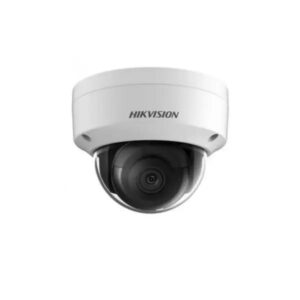
Bullet Cameras
| Bullet Cameras | |
| Style | Bullet |
| Durability | Fairly Durable (varies from camera to camera), Easily Movable |
| Field of View (FOV) | Varies from camera to camera |
| Application | Day to day use, best if camera is placed higher so no one can move the camera. |

Turret Cameras
| Turret Cameras | |
| Style | Turret |
| Durability | Fairly Durable (varies from camera to camera) |
| Field of View (FOV) | Varies from camera to camera |
| Application | Day to day use for homeowner and or business owner. |

PTZ Cameras
| PTZ Cameras | |
| Style | PTZ (Pan Tilt Zoom) |
| Durability | Not Very Durable (Very delicate internal components) |
| Field of View (FOV) | Zoomable camera, typically very wide to very narrow (Varies from camera to camera) |
| Application | Great for long range and close range capturing, works well if you need camera to turn 90 degrees every so often on a set schedule automatically. Camera has capability to pan, tilt, and zoom. |
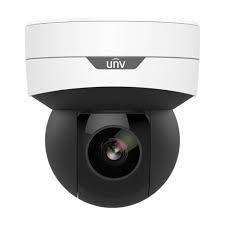
Pinhole/Discreet Cameras
| Pinhole Cameras | |
| Style | Pinhole |
| Durability | Not Very Durable (Varies from camera to camera) |
| Field of View (FOV) | Typically very wide (varies from camera to camera) |
| Application | Used for close encounter situations. A few examples would be an ATM, front door of a business/home, bank teller desk. |
